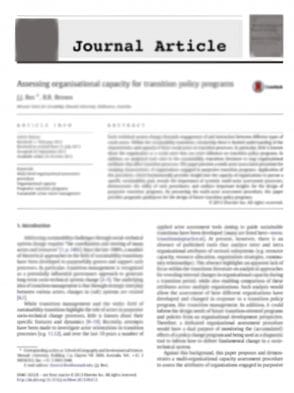Mapping Heat health Risks in Urban Areas.
Abstract
Periods of extreme heat pose a risk to the health of individuals, especially the elderly, the very young, and the chronically ill. Risk factors include housing characteristics, and socioeconomic factors, or environmental risk factors such as urban heat islands. This study developed an index of population vulnerability in an urban setting using known environmental, demographic, and health-related risk factors for heat stress. The spatial variations in risk factors were correlated with spatial variation in heat-related health outcomes in urban Melbourne. The index was weighted using measured health outcomes during heatwave periods. The index was then mapped to produce a spatial representation of risk. The key risk factors were identified as areas with aged care facilities, higher proportions of older people living alone, living in suburban rather than inner city areas, and areas with larger proportions of people who spoke a language other than English at home. The maps of spatial vulnerability provide information to target heat-related health risks by aiding policy advisors, urban planners, healthcare professionals, and ancillary services to develop heatwave preparedness plans at a local scale.
